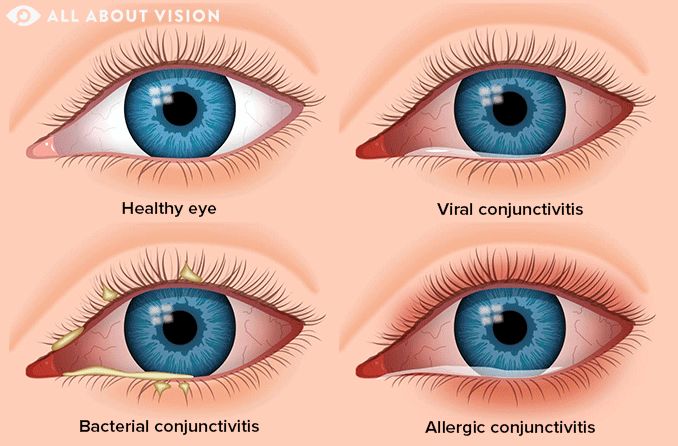For the last six weeks in many parts of Andhra Pradesh children and adults are suffering from Pink eye otherwise called conjunctivitis. The symptoms are swelling and redness in the inside of the eyelid and the white part of the eye may also feel itchy and painful.
Pink eye is common, and some types of pink eye spread very easily. One can keep from spreading it to other people by washing hands often with soap for at least 30 seconds and not sharing items like pillowcases, towels, or makeup material. Some types of pink eye get better on their own. When the symptoms are mailed it can be managed at home by using a cold compress and eye drops called tears drops or refresh eye drops.
Pink eye in newborns: Pink eye can cause serious health problems for newborn babies when there is unusual fluid (discharge) coming from the eye and puffy red eyelids.
The most common symptoms of pink eye are Pink or red eyes, Itchy or burning sensation, Watery eyes, White, yellow, or green fluid (discharge) coming from the eyes, and Crust along eyelids or eyelashes. Pink eye may also cause Swollen eyelids, A feeling like something’s stuck in the eye, Sensitivity to bright light, Blurry vision, and A lump in front of the ear. People using contact lenses may notice that they feel uncomfortable or don’t stay in place.
Anyone can get pink eye. It’s one of the most common eye problems for both children and adults.
People are more likely to get pink eye or conjunctivitis when they come in contact with someone else who has pink eye, Recently had a respiratory infection, like a cough or a cold, Come in contact with something allergic.
Most of the time, pink eye is caused by a virus or bacteria. Viral pink eye is the most common type, people also get pink eye from allergies to things like pollen or pet fur — or from other things that can bother eyes, like pool water with chlorine, air pollution, or makeup. It can be hard to figure out the exact cause of pink eye because the symptoms are usually the same.
Viral and bacterial pink eye spread very easily from person to person — but one can take steps to keep the pink eye from spreading, by washing hands often with soap and water. When there is no soap one can use hand sanitizer with alcohol in it. Washing hands is mandatory after touching a person with pink eye or something that person used should not share personal items that the person with pink eye has used — including pillows, towels, makeup, or glasses.

Most cases of pink eye get better on their own. One has to consult a doctor or ophthalmologist when lot of pain in the eyes, the eye is very red, a lot of mucus coming from your eyes, and vision is blurry or sensitive to light. Further, if the symptoms don’t get better after a few days — or they get worse, have a health condition that weakens the immune system, like cancer or HIV. The pink eye often gets better on its own after 7 to 10 days. But sometimes, need treatment from a doctor.
Viral pink eye, the most common type, usually gets better in 1 to 2 weeks without medicine. Sometimes, it can take 3 weeks or more to heal. Remember, antibiotics don’t help viral pink eye.
Bacterial pink eye usually gets better in 2 to 5 days, but it can take 2 weeks or more to go away completely. Antibiotics can speed up the healing time, but they aren’t always needed. Pink eye is caused by an allergen or irritant, try to avoid the allergen or irritant. Allergy medicine and some eye drops may also help.
Conjunctivitis has emerged as a predominant symptom of Covid-19 infection in children in the current surge of cases.
According to pediatricians, watery discharge from eyes — a key feature of conjunctivitis — is being observed commonly among children affected by the virus over the past few weeks. “Treatment for conjunctivitis is mostly symptomatic. We advise parents to clean their eyes with lukewarm water Also, the researchers noted conjunctival involvement in 42. 8% of the corona-affected infants. Complacency of conjunctivitis can lead to complications such as punctuate keratitis, Bacterial superinfection, Conjunctival scarring, Corneal ulceration, and Chronic infection.






